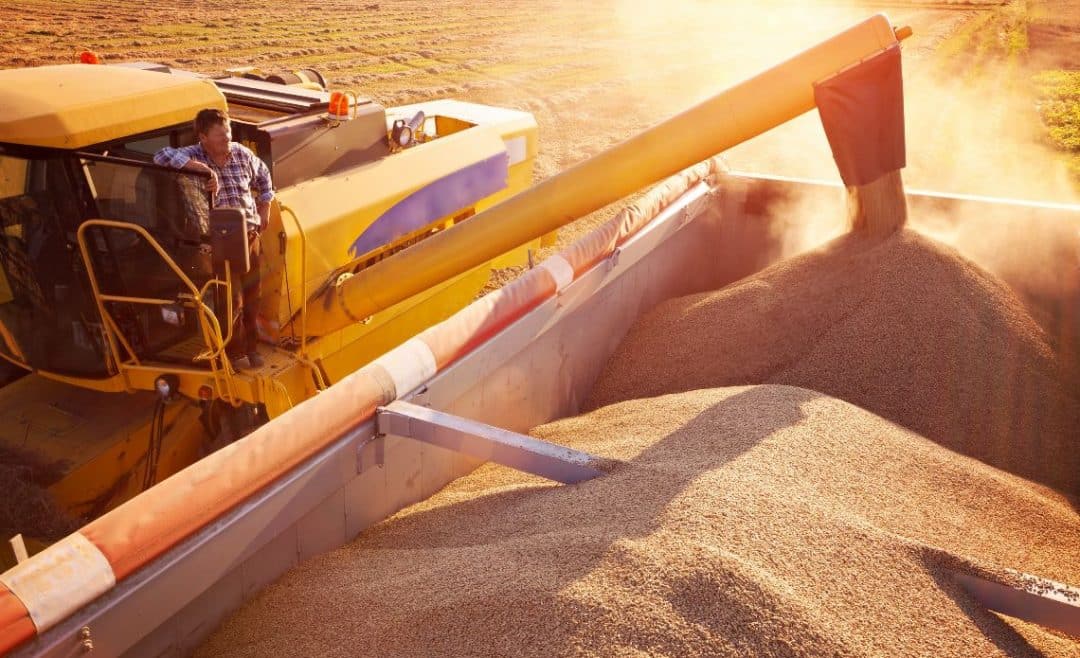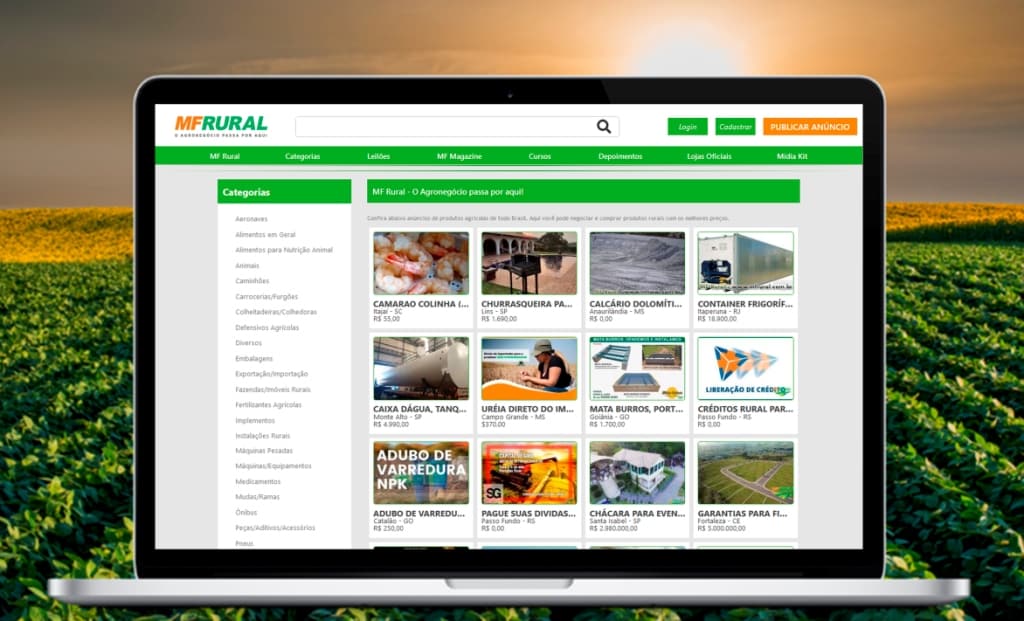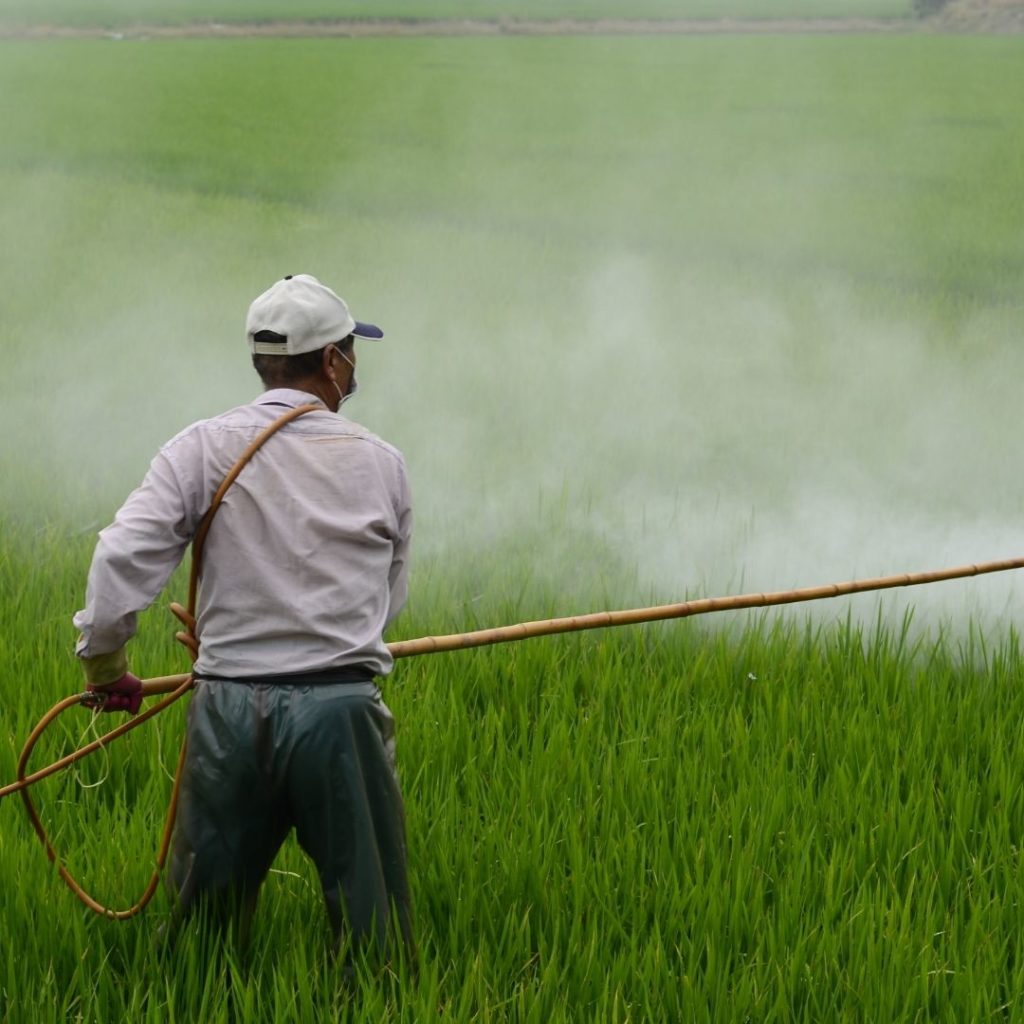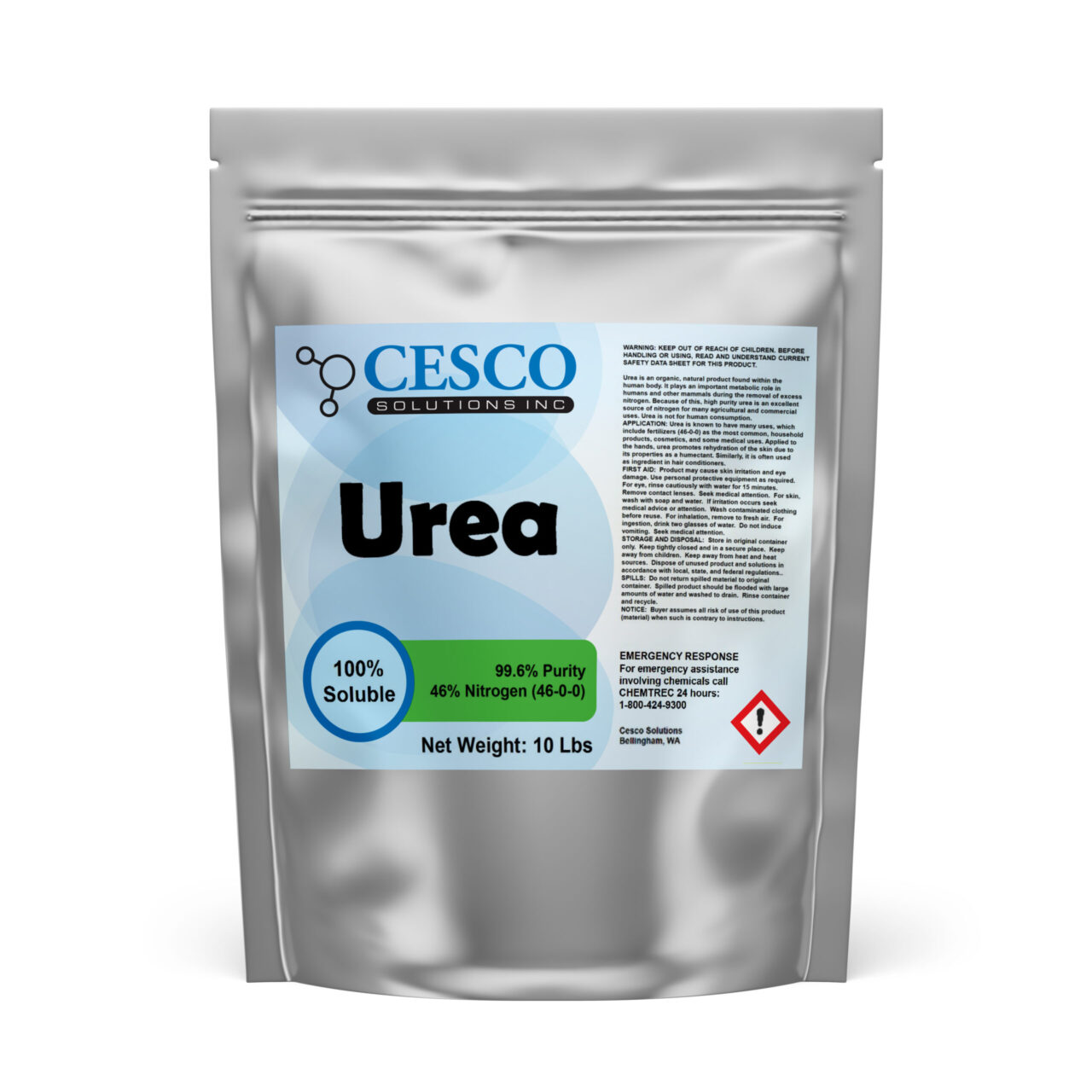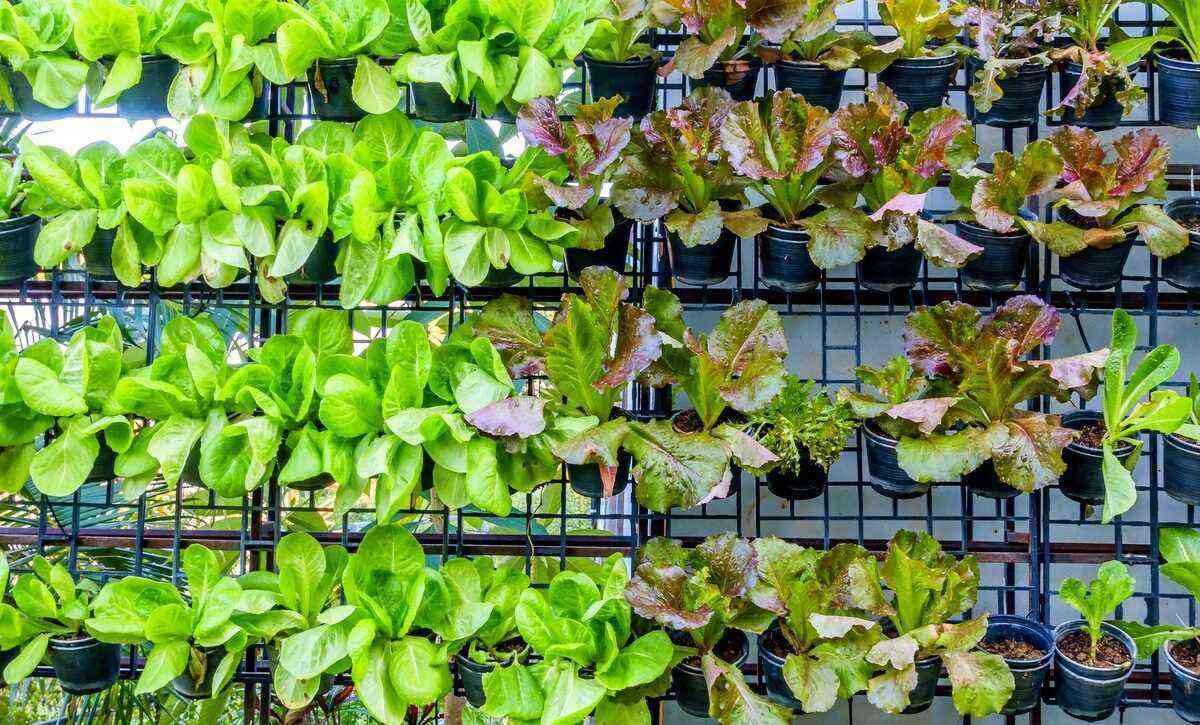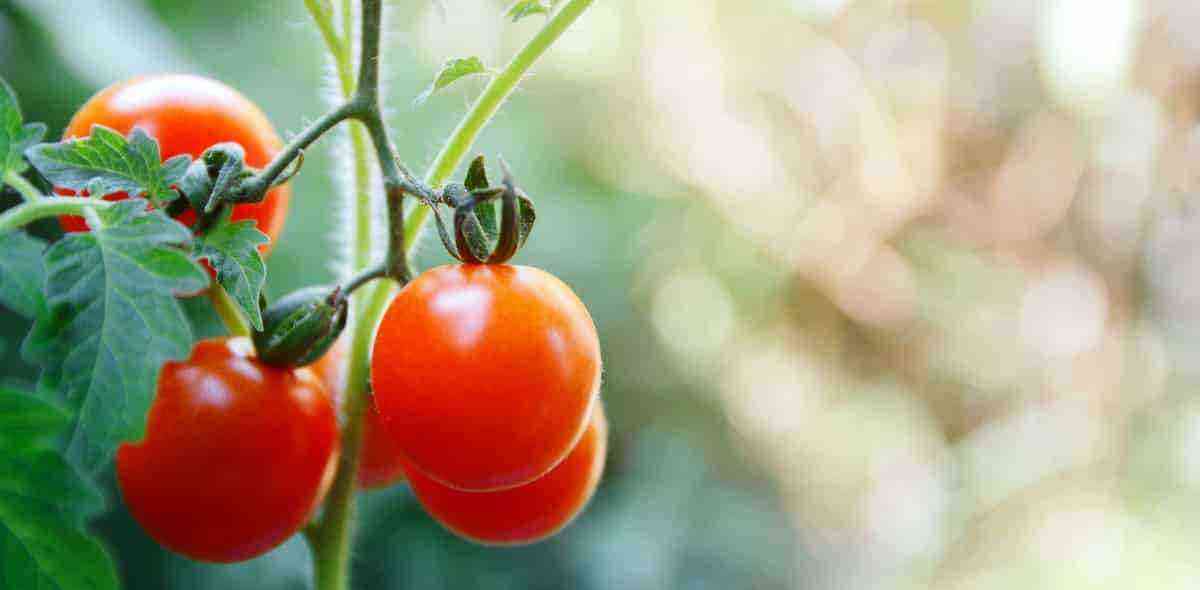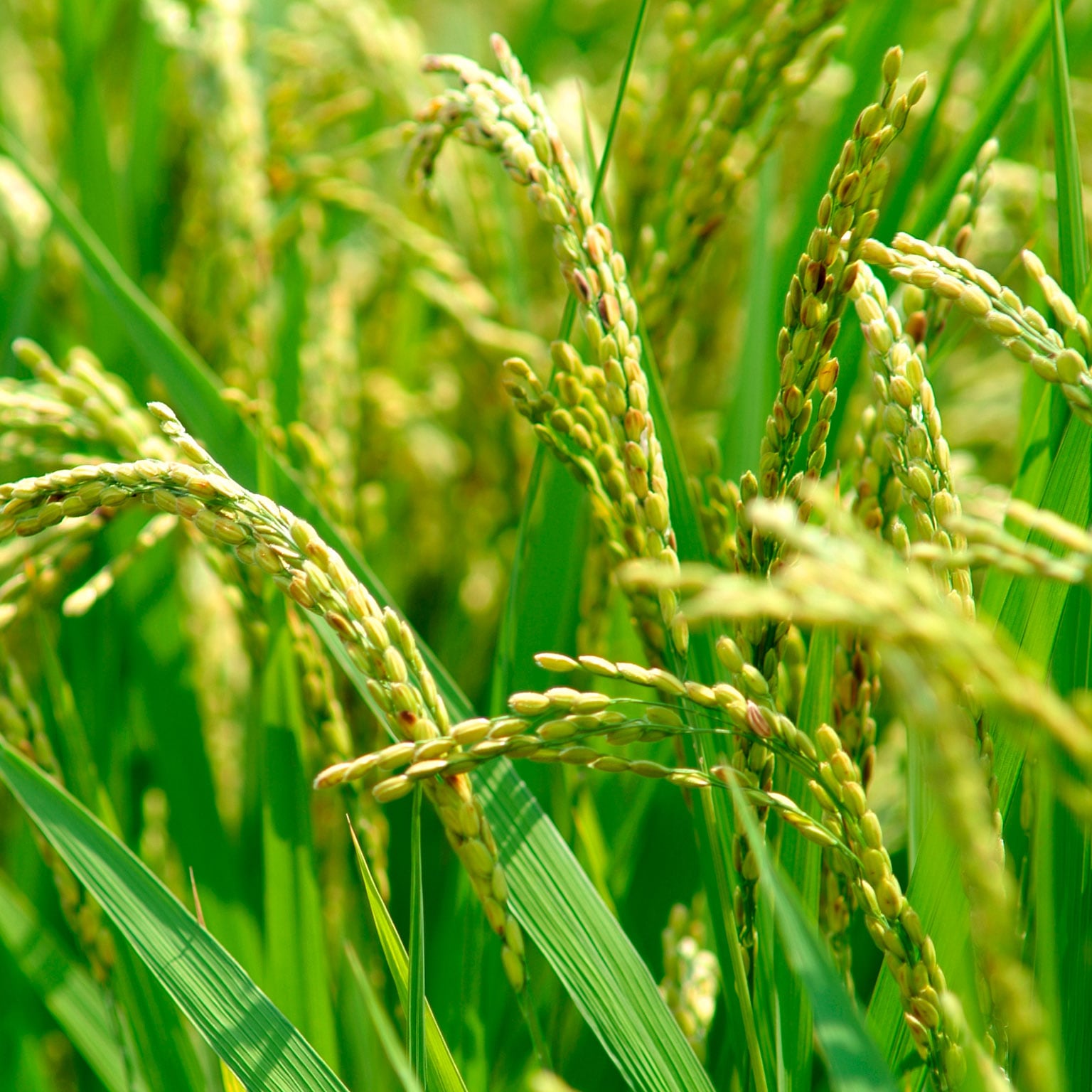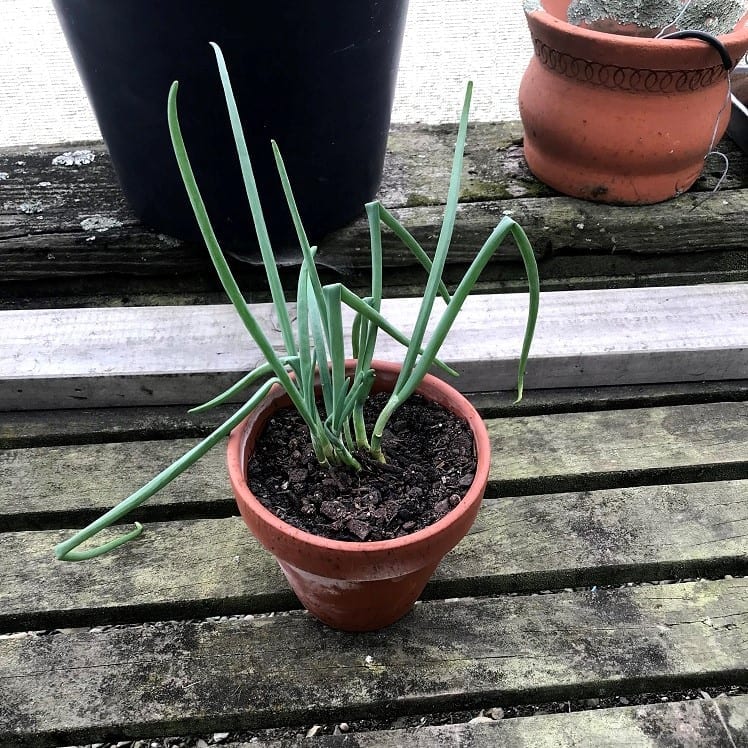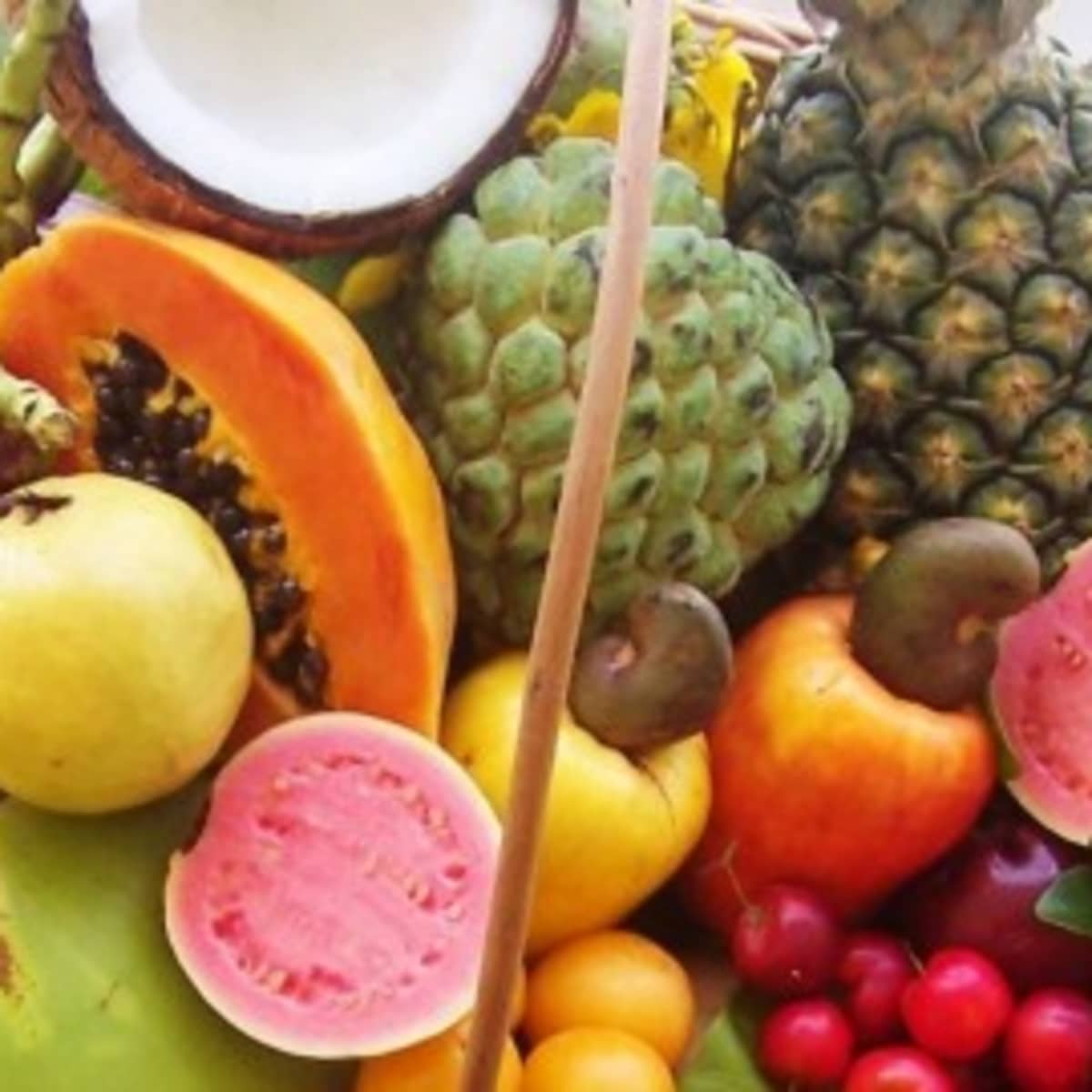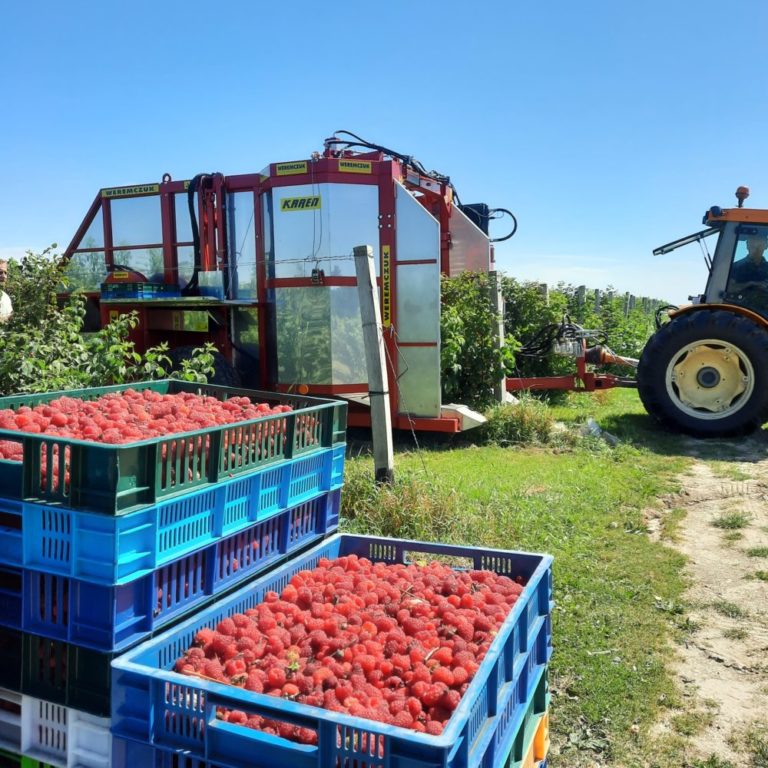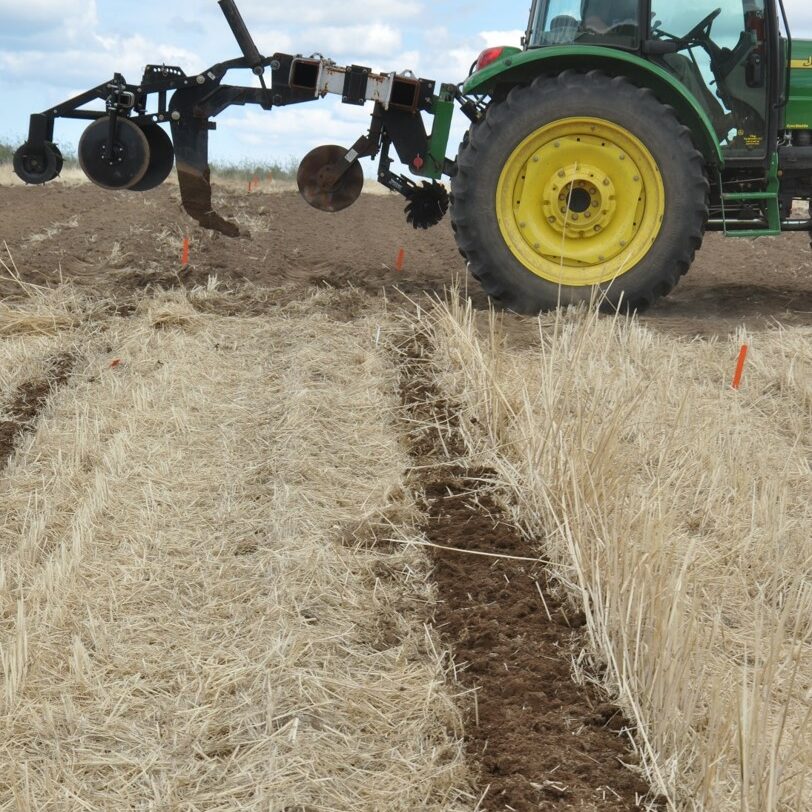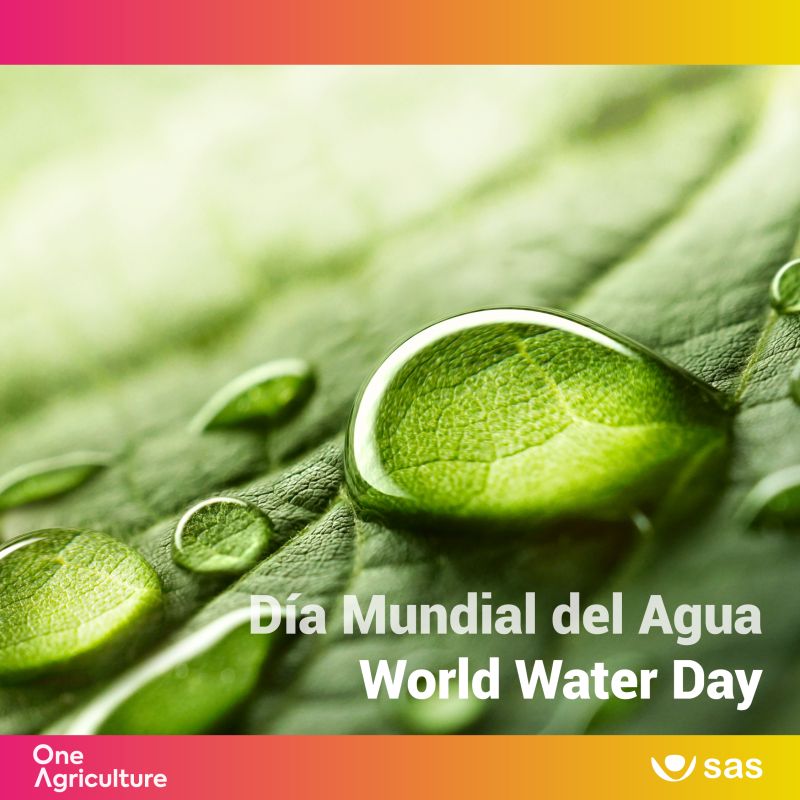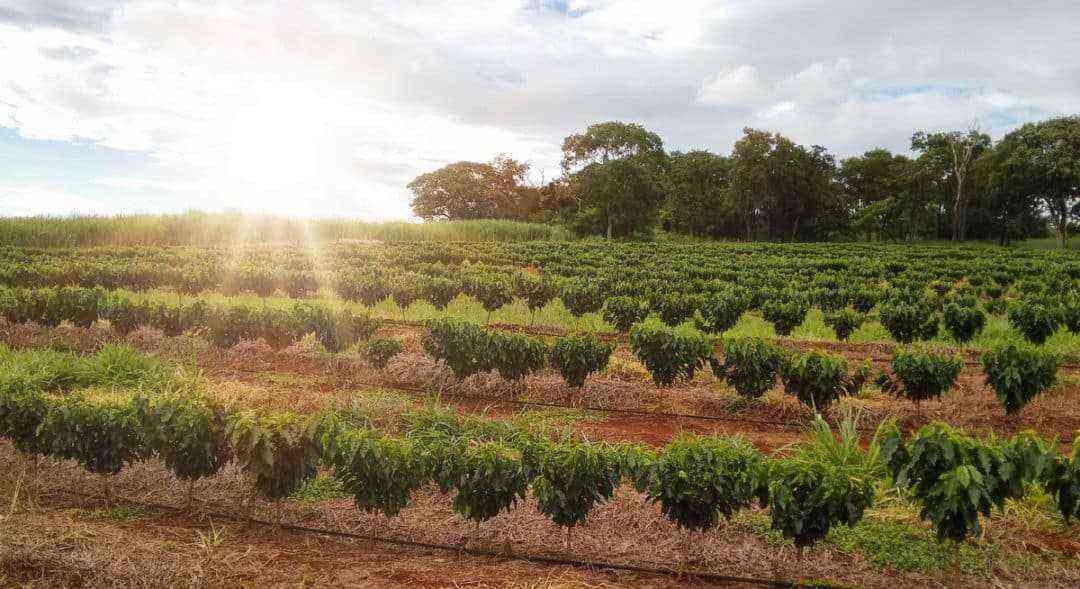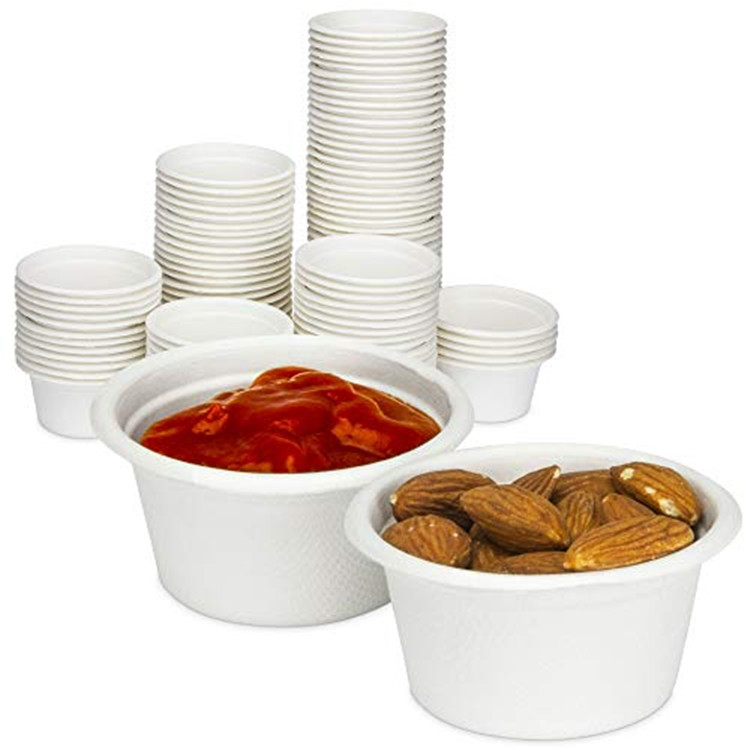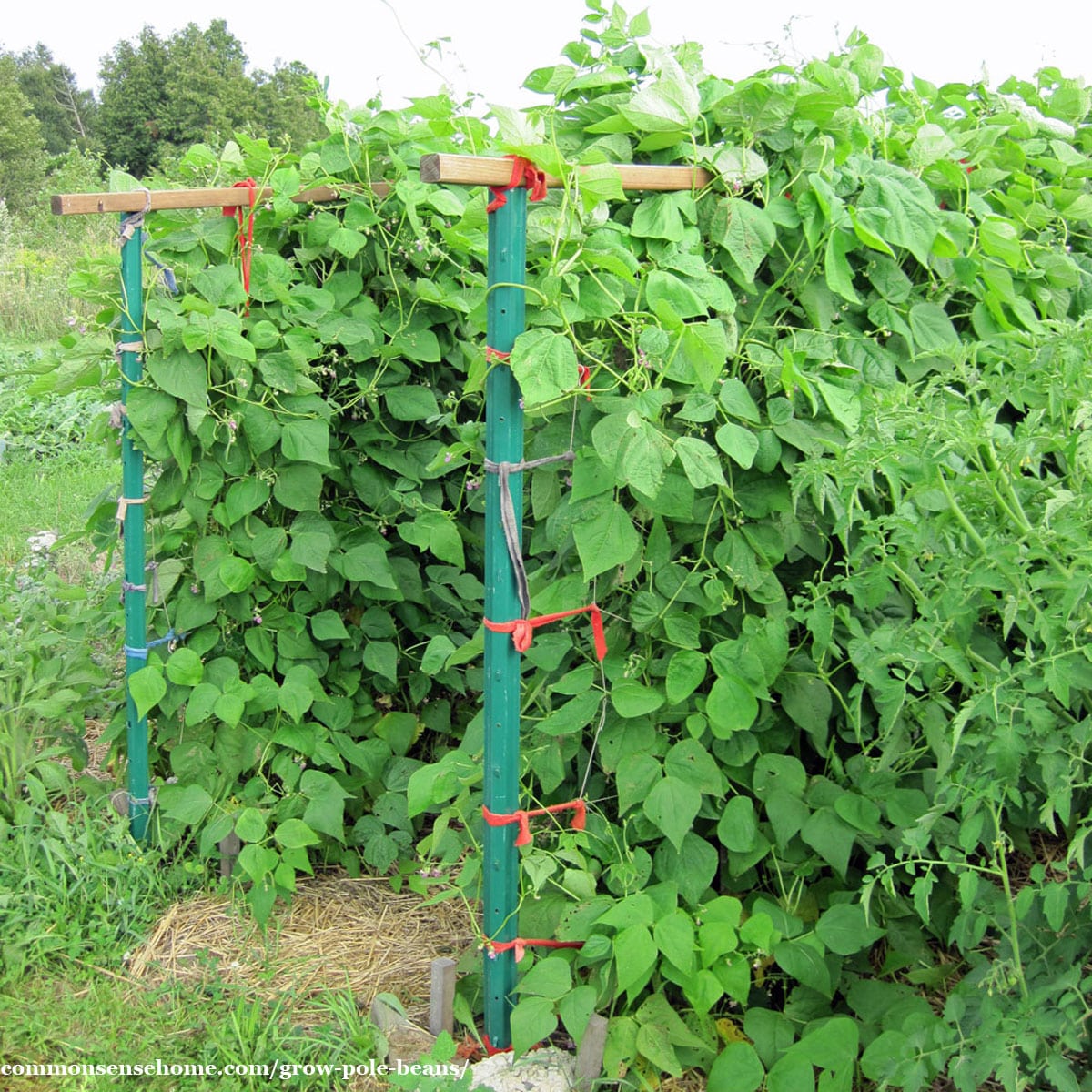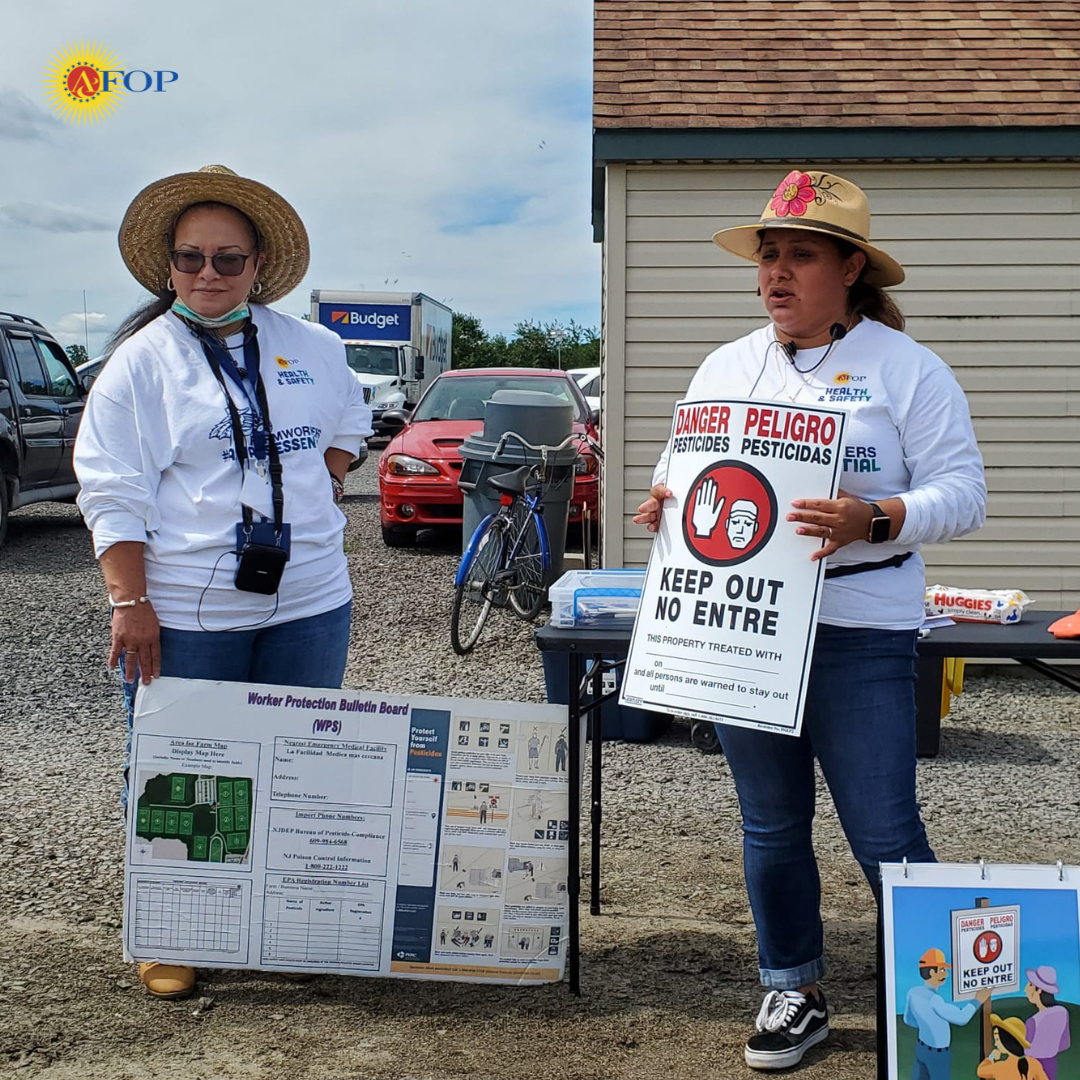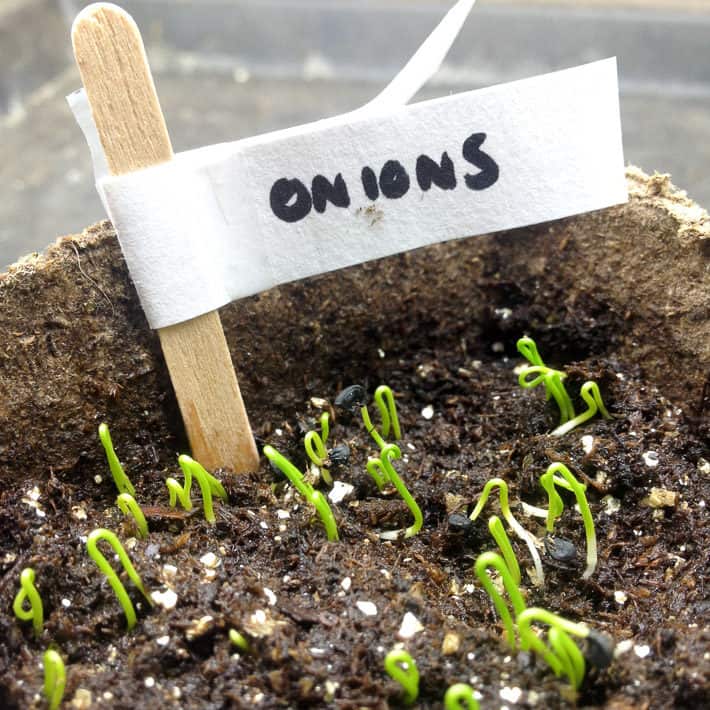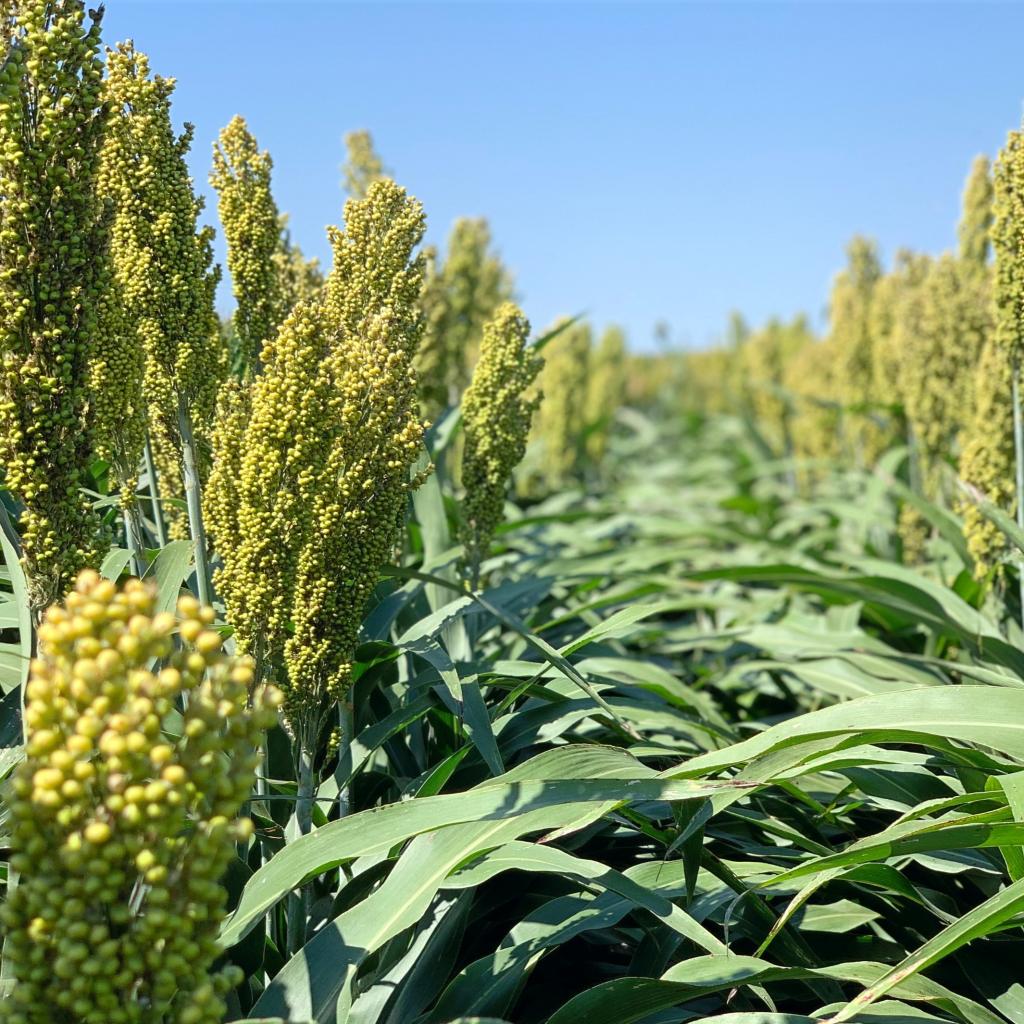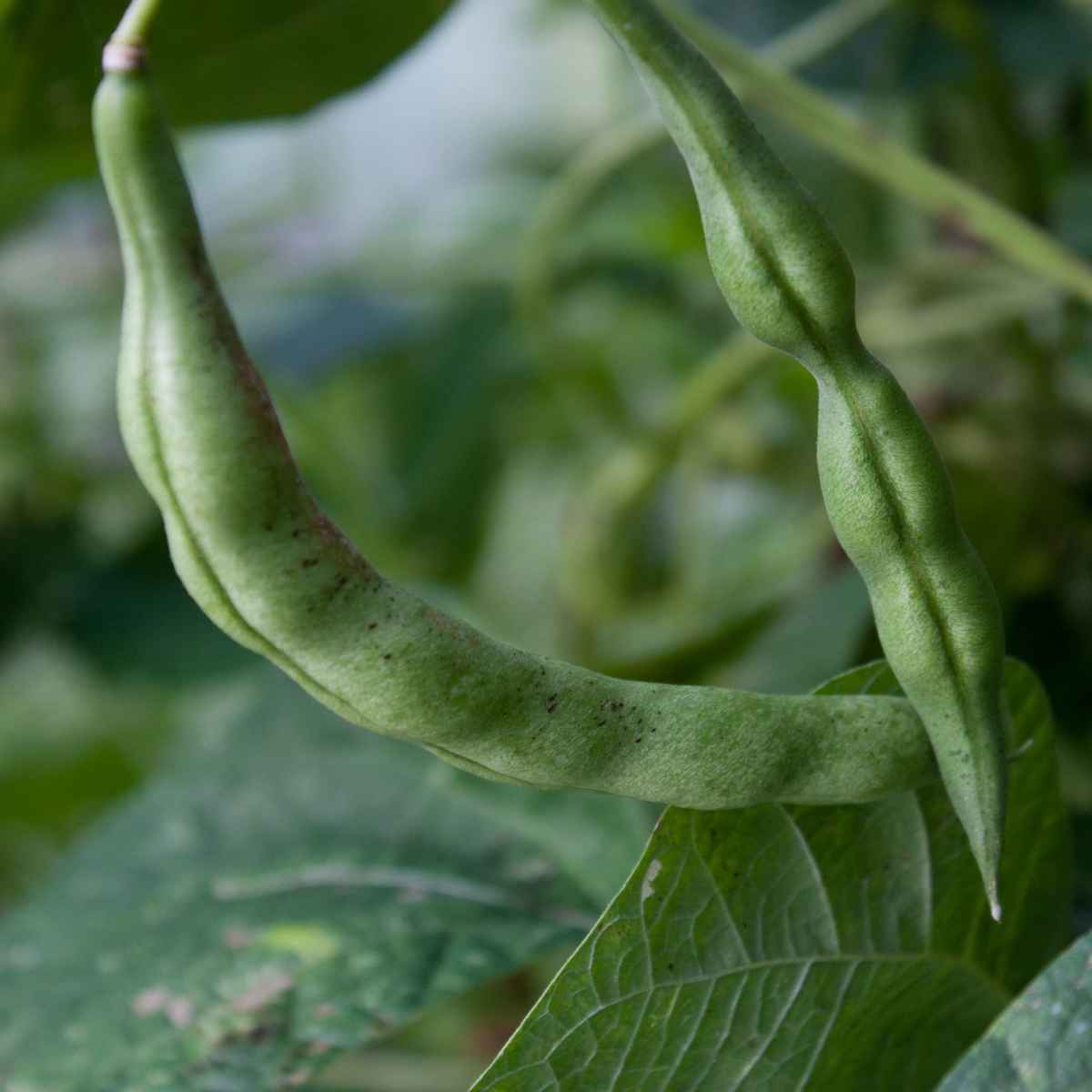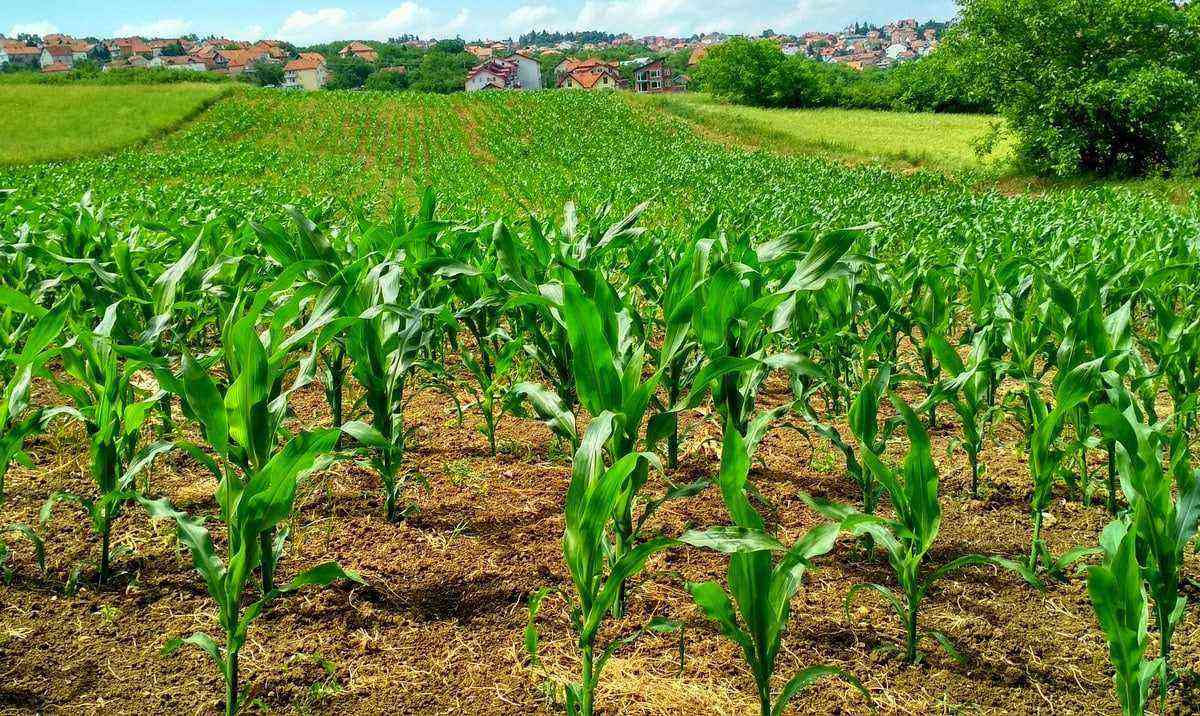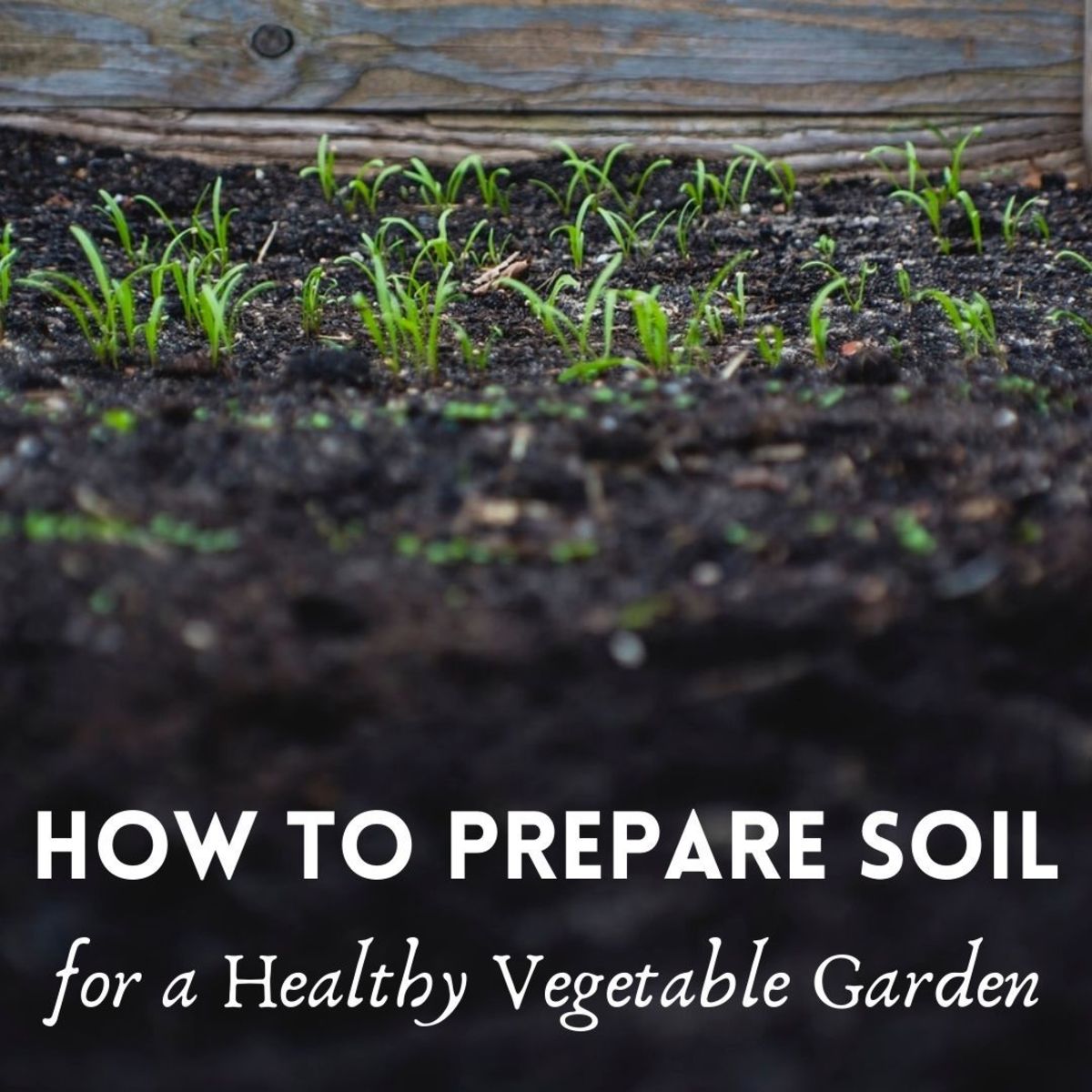Most producers, especially those starting out, have some difficulty with best time to sell your crop. After all, the managerial and commercial aspect of agribusiness is not intuitive, especially for those with less experience.
Therefore, in matters like this, the best thing to do is to listen to the experts and learn as many tips as possible to optimize the moment of sale. And that’s what this post will show you. Check the best time to sell your crop.
And if you like the post, remember to check out other articles on our blog to sell your crop even better.
market uncertainty
First of all, the producer needs to know how to deal with the uncertainty of this market. Especially when it comes to certain products, such as grains, climate change and its instability at certain times can greatly harm the producer, due to the variation in prices.
Therefore, the producer needs to focus on what he can control. One of the first tips for finding the best time or season to sell your crop actually starts with production. That is, it is necessary to know very well all the costs.
During crop production, all costs must be accounted for
A mistake that many producers make is to always try to sell at the best possible price, that is, to obtain the maximum profit. However, this is somewhat risky, as you never know when the market will fall.
Specialists comment that if the price reached 25% of the margin, it is already a good practice to stop production.
Production rate of each crop
Another crucial point to find the best time to sell your crop is observe the production rhythm of each product.
Of course, each one has a different cycle, but it is natural that the greater the offer, the lower the price. On the other hand, if stocks are low, the price tends to be higher.
For example, observing the corn market, one can see historically that the lowest prices occur after the first harvest, between January and March, when the market has the highest supply.
On the other hand, the highest prices occur in the period before planting, which is when stocks are at their lowest. If you plan to store the beans at this time, you can take advantage of the best prices.
If, after the harvest, you can store your production and sell it at the best strategic moment, it is ideal.
Therefore, you need to know your product’s sales cycle very well, in order to know the price peaks and valleys, to find the best time to sell.
Transport and financing factor
A factor that greatly impacts the price is transport, after all Brazil is a very large country with an extensive road network and despite the large number of trucks running, the freight value is an important factor that can weigh on the negotiation depending on the location where the crop has been produced or stored.
In addition to the market factor itself, there are others that contribute to the fluctuation of crop prices. For example, producers who are financed in real, and export, can be more daring in sales, due to the difference in the exchange rate.
On the other hand, dollar funding means you have to lock in prices earlier, plus it’s a little more conservative.
These differences are usually clearer to explain by looking at the producer size. Those who are older can’t risk that much. The priority for the big producer is to grow little, but steadily.
On the other hand, the small producer can be a little more daring, but without exaggeration.
So, to summarize, the basics that the producer needs to do to sell his crop well is:
- Have a view of the weather forecast;
- Maintain strict cost control;
- Observe the progress of harvests in Brazil and in the world;
- Securing a sales price with a reasonable margin.
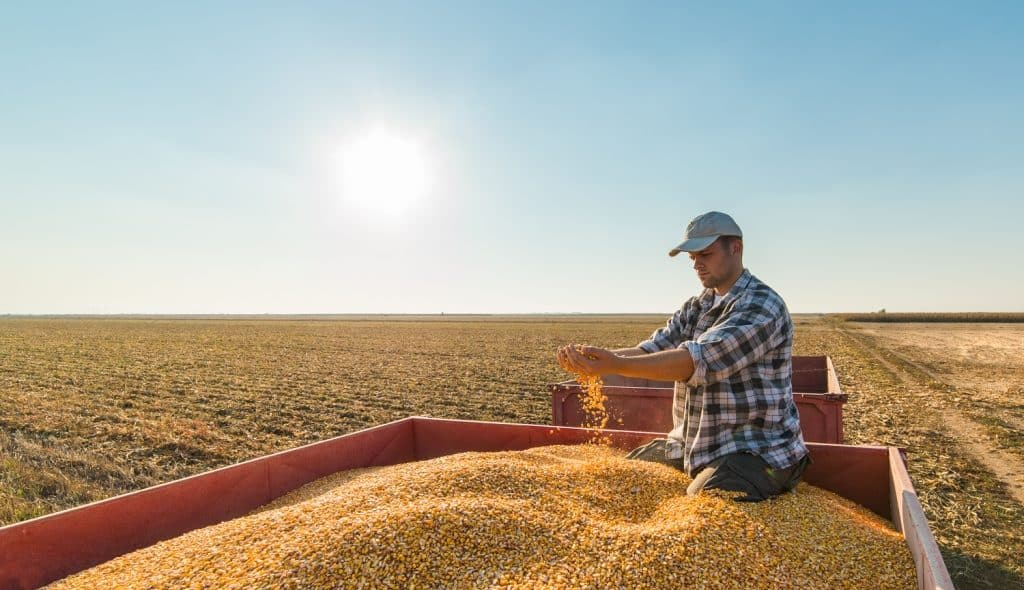
What are the types of sale?
In addition to these most basic tips, the best way to liquidate your production also depends on how the sale will be made. A producer has 4 basic options to sell his crop:
1. Barter
The first is the barter. This term can be translated as exchange, and in practice, it is like a loan in kind. Explaining a little better, the producer pays for the inputs for the plantation with the delivery of the grain itself after the harvest.
It is an interesting solution, as it allows planting without having the inputs and already brings a minimum return guarantee. On the other hand, much of the crop produced is already compromised, which could impact profits if the price rises.
In addition, it brings other positives such as the economy with storage and negatives, such as a relatively high interest rate.
2. Cooperative
Another option is to sell through a cooperative. In this case, the producer has many advantages at the time of purchase, such as greater bargaining power and easy access to technological innovations.
On the other hand, it is an option that brings less freedom, since it is possible to negotiate only with buyers and suppliers approved by the cooperative. Another great advantage is access to markets that buy in large volumes.
3. Trading and brokerage
It is also common to sell for tradings and brokers, which intermediate the negotiation, especially abroad. It is an option for those who want to sell in the futures or options market, in which the sale of commodities takes place. These are interesting options and it is worth the producer to know more.
It brings certain advantages such as the possibility of selling abroad and taking advantage of these more sophisticated markets, like the future. In addition, it brings producer time optimization, since it is the company that organizes the negotiations.
On the other hand, it can bring a reduction in profitability, due to the fees charged, and a greater volume of product is needed to participate.
4. Marketplace online
Finally, another interesting option is the online marketplace. With the growth of technology and the modernization of agribusiness, this is an interesting solution. The only downside is the need to have a device connected to the internet, but with each passing day this problem becomes irrelevant.
On the other hand, you have access to a large network of buyers, as these marketplaces bring together interested parties from all over Brazil and this competition drives up the price. In addition, there is no need to pay a commission on the sale or to have the minimum volume of products to do business.
A well-visited marketplace is a good place to sell your produce and get the best price.
Finding the best time to sell your crop seems complex, but it just takes a little care. Looking at the internal and external factors mentioned above, you can sell at a great margin.
So, if you want to find the best place to sell your crop, visit the MF Rural website and discover our marketplace!

